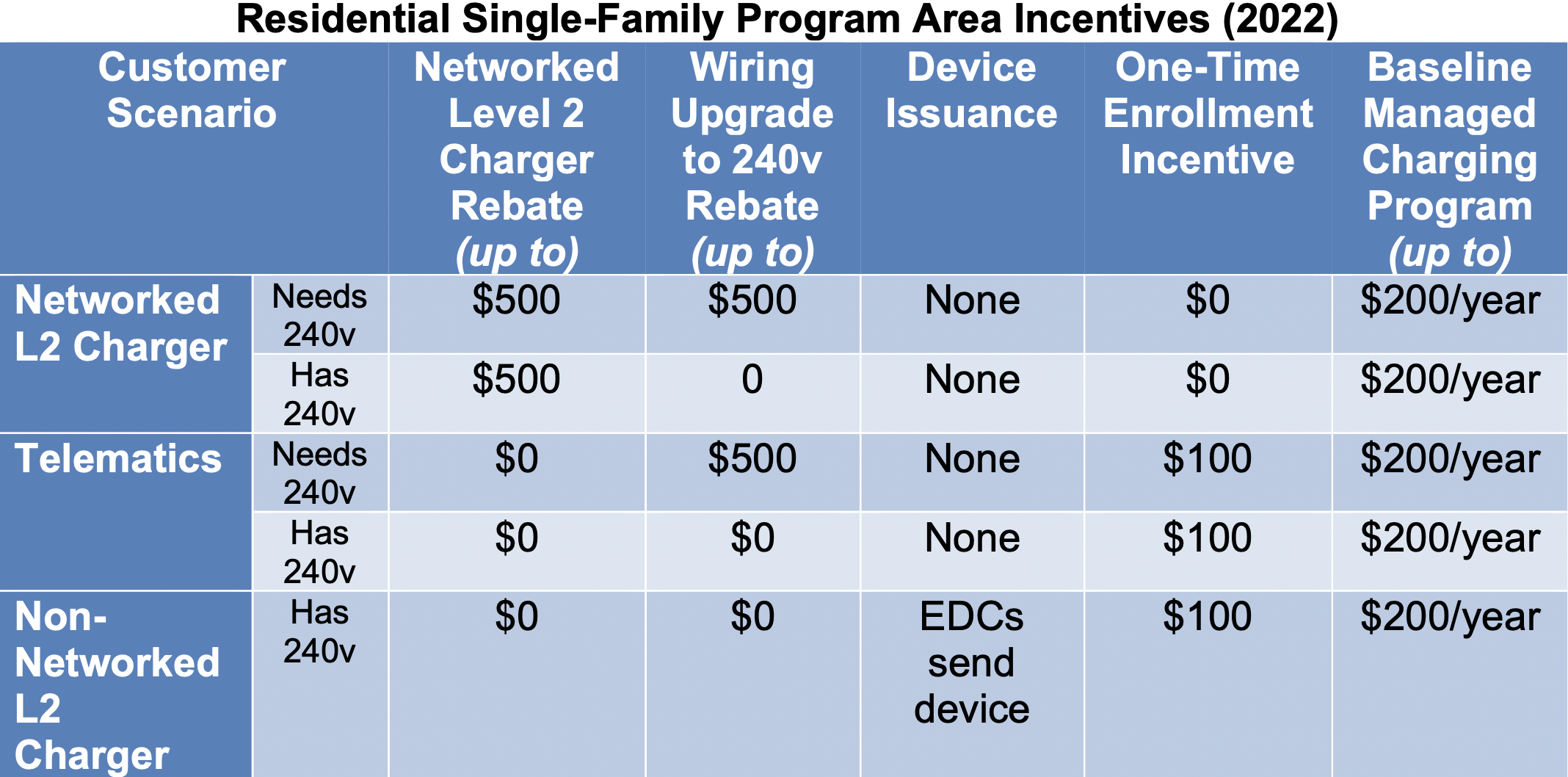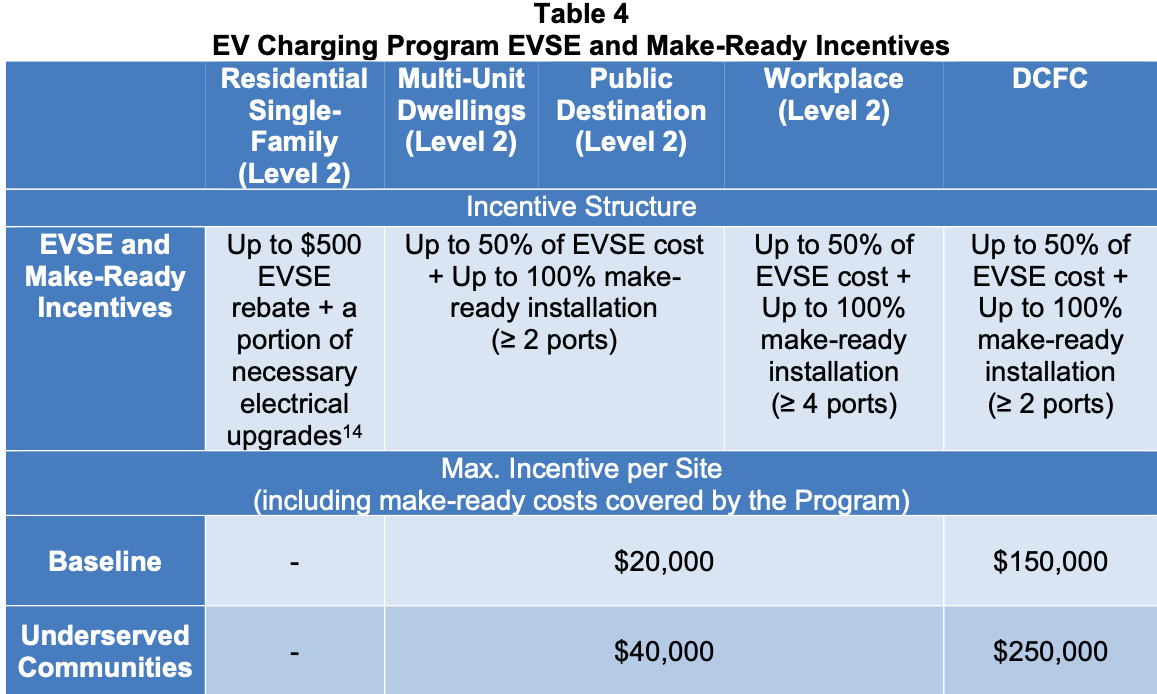New Software Vendor for JuiceBox Chargers
Voltie Assumes Enel X (JuiceBox) Customer Accounts For those who have had a “bricked” charger sitting in their garage (or parking lot), or who have been living dangerously using the units as a dumb charger, … Read more



